How to Apply Comparison, Ratio, and Root Tests
In the realm of mathematical analysis, understanding the behavior of infinite series is pivotal. The convergence or divergence of a series determines whether the sum approaches a finite value or goes to infinity (or is undefined). With myriad tests at our disposal, we shall focus on the subtle intricacies of three paramount ones: Introduction Comparison Test, Ratio Test, and Root Test.

Step-by-step Guide to Applying Comparison, Ratio, and Root Tests
Here is a step-by-step guide to applying comparison, ratio, and root tests:
Step 1: Introduction Comparison Test
Purpose: This test often comes into play when we’re given a series whose terms remind us of another series that we already understand.
Step-by-Step:
- Identify the Target Series: You have a series, \(∑a_n\), whose convergence or divergence you wish to ascertain.
- Select a Comparator Series: Identify another series, \(∑b_n\), whose convergence/divergence is known.
- Inequality Condition: Check if:
- \(0≤a_n≤b_n\) for all \(n\), or
- \(0≤b_n≤a_n\) for all \(n\).
- Deduction:
- If \(∑b_n\) converges and you have \(0≤a_n≤b_n\), then \(∑a_n\) also converges.
- If \(∑b_n\) diverges and you have \(0≤b_n≤a_n\), then \(∑a_n\) also diverges.
Step 2: Ratio Test
Purpose: Applicable when considering series involving factorials, exponentials, or powers. This test compares the ratio of consecutive terms.
Step-by-Step:
- Calculate the Ratio: Compute the limit: \(L=lim_{n→∞}|\frac{a_{n+1}}{a_n}|\)
- Convergence Criteria:
- If \(L<1\), then the series \(∑a_n\) is absolutely convergent, hence convergent.
- If \(L>1\), then the series \(∑a_n\) is divergent.
- If \(L=1\), the test is inconclusive.
Step 3: Root Test
Purpose: This test examines the nth roots of the terms of a series and is particularly useful for series where terms are raised to the power of n.
Step-by-Step:
- Calculate the nth Root: Compute the limit: \(L=lim_{n→∞}|{a_n}|^{\frac{1}{n}}\)
- Convergence Criteria:
- If \(L<1\), then the series \(∑a_n\) converges absolutely, hence converges.
- If \(L>1\), then the series \(∑a_n\) diverges.
- If \(L=1\), the test is inconclusive.
Final Word:
Navigating the vast sea of infinite series, the Introduction Comparison Test, Ratio Test, and Root Test serve as lighthouses, illuminating paths to understanding convergence or divergence. While each test has its unique strengths and applications, mastery over them provides a robust toolkit for any mathematical voyage into the world of series. Embrace the journey and may your series always converge to enlightenment!
Related to This Article
More math articles
- The Butterfly Effect in Mathematics: Small Changes, Big Impact
- How to Create a Proportion? (+FREE Worksheet!)
- 3rd Grade FSA Math Worksheets: FREE & Printable
- 10 Most Common 4th Grade OST Math Questions
- ParaPro Math Worksheets: FREE & Printable
- Is ALEKS a Good Mathematics Program?
- Number Properties Puzzle – Challenge 8
- Word Problems Involving Writing a Ratio
- How to Factor and Simplify Trigonometric Expressions
- How to Add and Subtract Polynomials Using Algebra Tiles
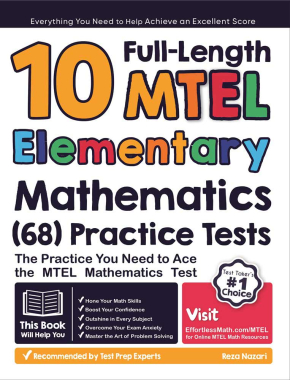



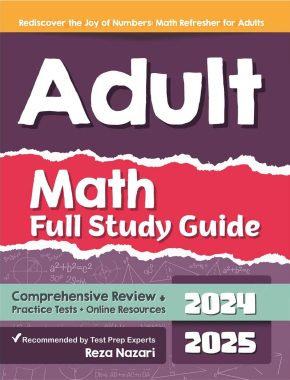
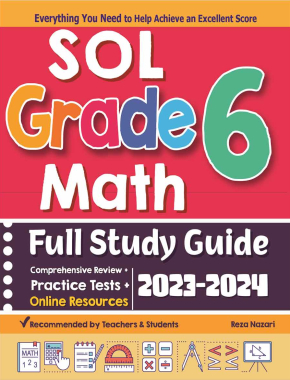
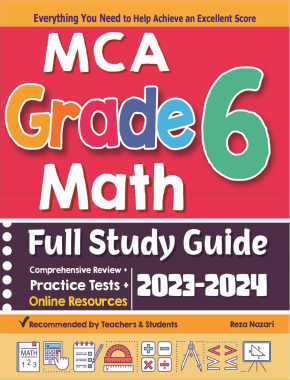
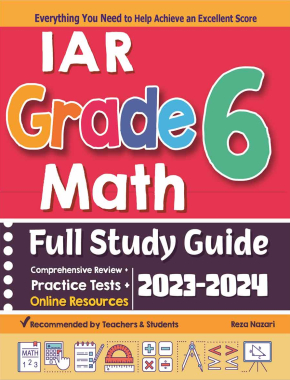

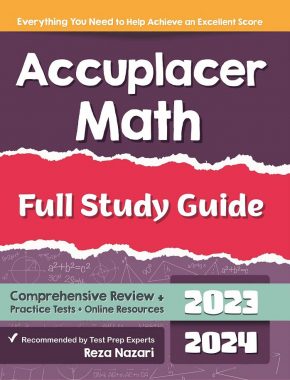
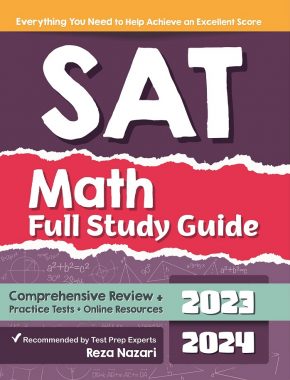
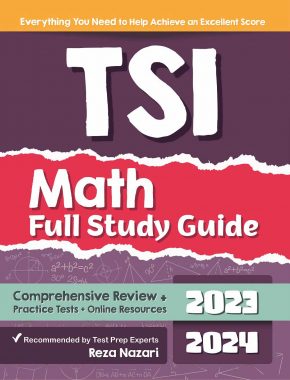
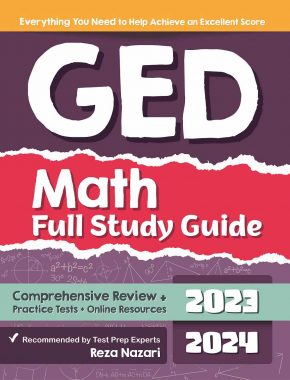
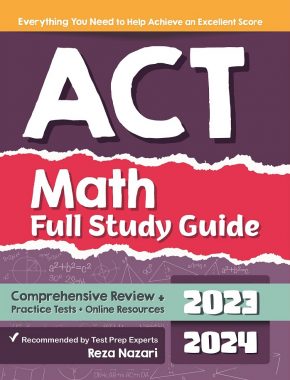
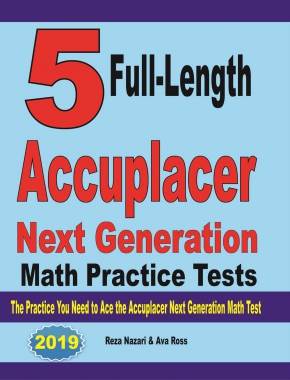














What people say about "How to Apply Comparison, Ratio, and Root Tests - Effortless Math: We Help Students Learn to LOVE Mathematics"?
No one replied yet.